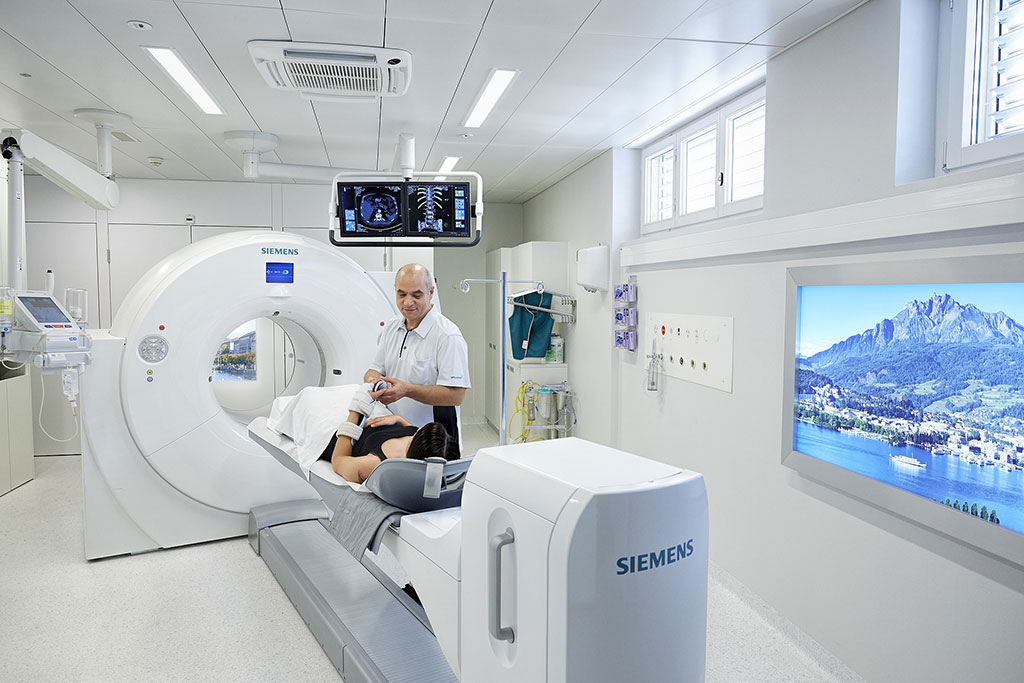Novel PET Imaging Procedure to Enable Earlier Diagnosis of Cancer, Heart Disease, and Dementia
Posted on 23 Nov 2023
In the field of medical diagnosis, imaging technologies such as computed tomography (CT) and positron emission tomography (PET) play a crucial role. Now, an international research group has developed novel approaches for medical imaging that could speed up disease diagnosis, improve understanding of various illnesses, and enable more precise localization.
Researchers at the University of Lucerne (Lucerne, Switzerland) have developed a technique that leverages PET imaging based on genomic changes in the human body. This innovative approach holds promise for the early detection of a range of conditions including cancer, heart disease, and dementia. The key lies in the application of genomic information, which has been a long-sought goal for the early detection of various illnesses. However, the challenge has been in converting genomic discoveries into practical diagnostic tools like imaging tests. The researchers' introduction of the "Imageable Genome" concept offers a solution to this issue.

The Imageable Genome encompasses the segment of human DNA whose expression patterns can be visualized and monitored through medical imaging. These patterns shift with the development and progression of almost every disease. To chart the Imageable Genome, the researchers developed novel methods that integrate big data, genomics, and medical imaging. Their initial step involved sifting through extensive medical literature, involving millions of publications, to identify each gene within the Imageable Genome. This task was accomplished by combining human expertise and artificial intelligence to thoroughly analyze and process the entire published medical literature.
Subsequently, the team explored the potential of the Imageable Genome in creating new diagnostic tests for human diseases. Their investigation revealed several new testing opportunities that could enhance the diagnosis, localization, and treatment of various diseases, particularly in the fields of neurology, cardiology, and oncology. The final phase involved identifying the most suitable imaging tests to implement this novel method effectively, aiming to deliver real benefits to patients. Through this approach, the researchers identified innovative imaging tests for a range of conditions including Alzheimer’s disease, bipolar disorder, schizophrenia, coronary heart disease, various types of cardiomyopathy, and several tumors.
"We see the Imageable Genome as a key with which new findings from genomics can be translated into imaging procedures," said Prof Dr. Martin Walter, titular professor of medical sciences at the University of Lucerne and specialist in nuclear medicine at the Hirslanden Klinik St. Anna, who led the research group. "With this key, we see great potential for further medical research and innovations in the field of big data and artificial intelligence."
Related Links:
University of Lucerne














